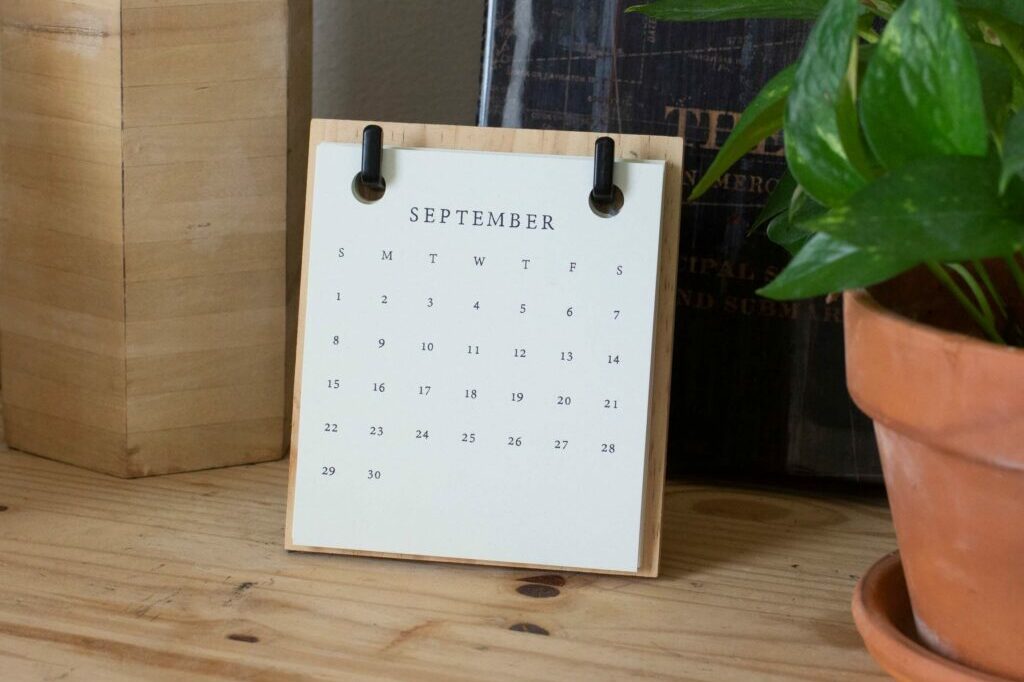A facility cleaning schedule has to work for your client. It also has to work for you.
There are quite a few factors that go into creating the perfect facility cleaning schedule. You need to accommodate the preferences of your clients to the extent that’s possible. You need to consider use patterns, and how that impacts your ability to work in certain areas. And along with those factors, you also need a schedule that works for you.
Unless you have an unlimited workforce, that schedule needs to fall within the hours you have available. Scheduling your clients and tasks truly can be a puzzle. Only with this puzzle, your pieces keep moving as new clients join your roster!
This is true for commercial cleaning organizations, building service contractors, and even facility managers. Even when your on-site team is dedicated to one facility, you still need to work around the patterns and activities in the space.
And what are the benefits of this exercise? You not only end up with a facility cleaning schedule that works for you, but you also get the satisfaction of a more efficient schedule. That can free up more time than we often imagine. It’s like running all our errands at once instead of making multiple trips. And there are even tools to help make the process easy.
From workloading to maintenance schedules, Janitorial manager can help you organize your entire operation. Schedule a free call with Janitorial Manager and make your work easier and more profitable.

Adding it all up for a facility cleaning schedule you’ll love
Step 1: List tasks. The first step in creating a facility cleaning schedule is listing the tasks. Include the frequency, as well. For example, you might vacuum daily, while deep cleaning the carpets may only happen monthly. You can shape your task list on your walkthrough or create one by looking at your most recent bid for the location.
Step 2: Determine times. To come up with the total time you need for cleaning, get into each task. The ISSA 612 time and tasks standards can give you a good idea of how long each task will take, based on input such as square footage or number of fixtures. Be sure to consider weekly and monthly tasks here, too.
Step 3: Put it all together. Once you have your numbers, put it all together for the total time it will take to clean a facility. If you use a bidding and workloading calculator like the one built into Janitorial Manager, you can easily make adjustments to include a different number of employees and so on.
Step 4: Plan your facility cleaning schedule. This is where the fun happens. Once you have your total hours, let’s say 60 hours each week, you can start planning your schedule. There are a few ways to divide this up, depending on what works for you and your client. If they want someone at their location for a full business week, you can go with one employee for 40 hours. Then another employee can work mornings or afternoons to complete the other 20 hours’ worth of tasks. Alternatively, you can have a team of 3 employees attend to this facility in the morning and send them to another similar site in the afternoons.
Step 5: Adjust as needed. One simple way to determine whether and where to adjust is to use QR codes like Janitorial Manager’s Scan4Clean. This system lets your team scan into and out of an area so you know precisely how long it takes to clean a space. Tools like this can be incredibly helpful in fine-tuning your facility cleaning schedule.
Additional tips for creating a schedule
Use software. You don’t have to do all of this with a pencil and paper, or even a spreadsheet. Janitorial management software that includes bidding and workloading calculators and templates makes all of this easy.
Consider seasonality. Remember that some tasks and frequencies might change depending on the season. For example, you may spend much more time mopping lobby areas in snowy winter regions. Of course, you may be able to cut back on other duties at times like this. Snowy weather may also mean less foot traffic in your facility.
Consider task frequency. Be sure to consider weekly and monthly tasks as you plan your schedule. If you’re working within a budget of hours, you may need to trim a few things here or there in order to fit those larger monthly tasks into the schedule.
While this might all seem like a lot of work and challenging logistics, the right software can turn the task into a treat.
Keep up with your customers, staff, schedules, and checklists. Learn more today with a discovery call and find out how to make your cleaning operation more efficient, cost effective, and better for everyone!

